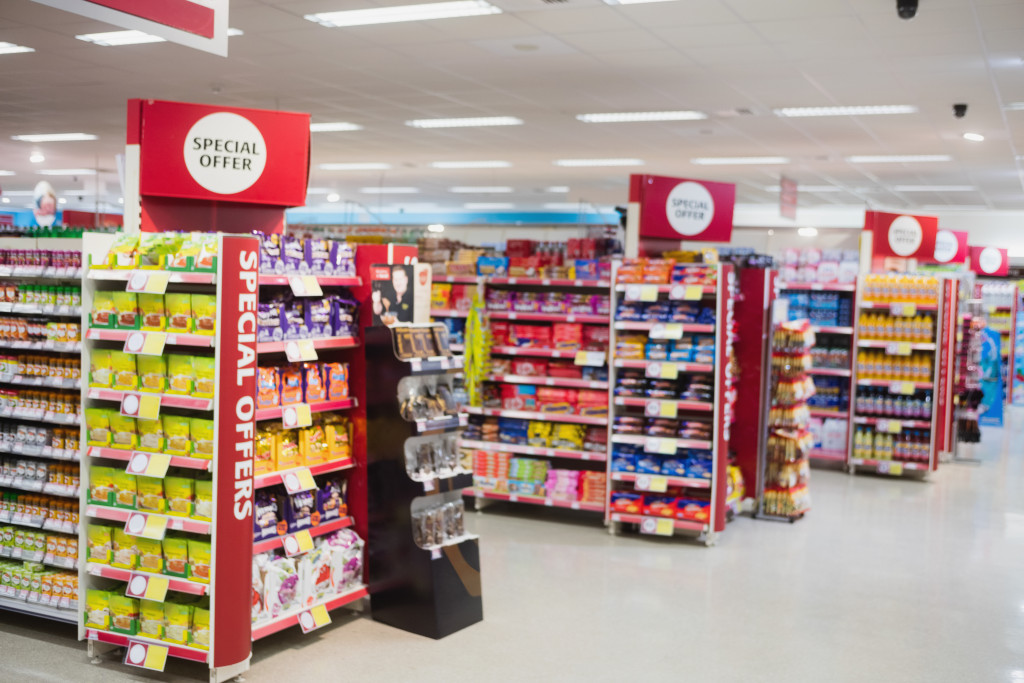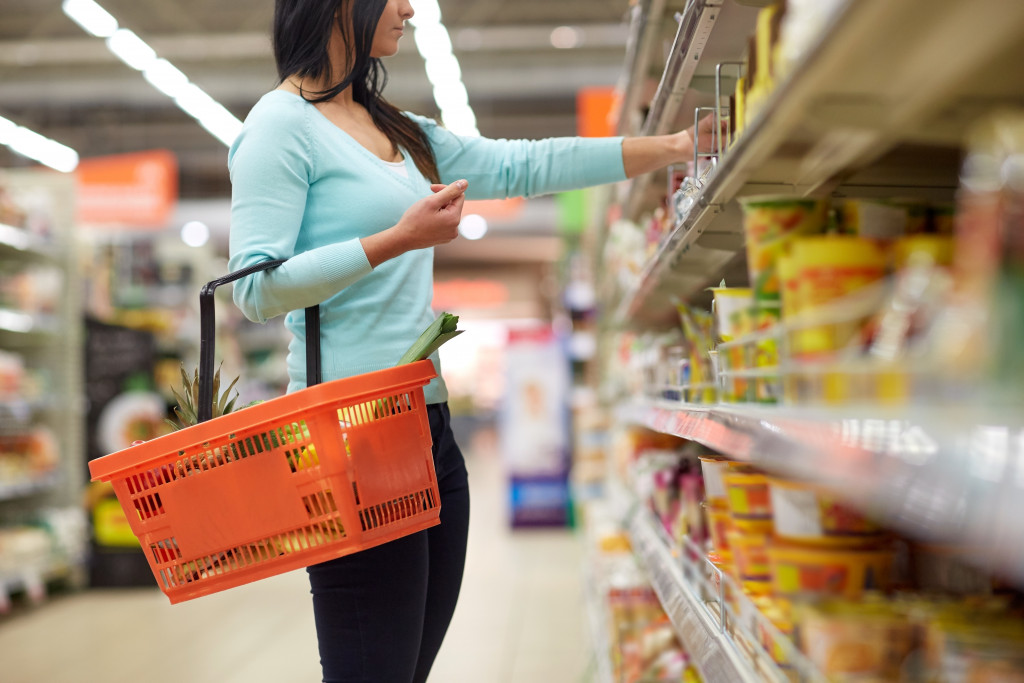A lot of times, people will go into the grocery store with a fixed list of items they are planning to buy. However, they come out with bags of snacks and household equipment they weren’t even thinking about before they went through those doors. Some people justify it as a need they missed out on writing beforehand, while others just like to grab a treat on the way to the counter. This phenomenon is no coincidence either, as smart groceries make use of some surefire tricks to get people buying.
Here are some examples of how they’re done:
Visual cues
From the lighting, colors, and the way the display is set up, all of these come together to create visual cues that can affect buyer behavior. They make it more enticing to peruse through some goods with the intent to purchase.
Ever notice how attractive that tub of ice cream or that box of pizza rolls looked peering at you through that industrial glass door refrigerator? It’s all part of the techniques used to condition the consumer’s mind to want to reach out and grab these products. Especially in shops that sell perishable goods, it’s even more critical for stock to go in time. That makes it a strategic move to effectively showcase select items and frontload products that need to sell while making them look appealing enough to draw attention and curiosity.
Placement
Proximity does a lot to influence which products buyers are willing to reach out to, which is why sale aisles and extra bins are always littered across the space and even temptingly positioned near the counter. This is because these are the sections where people are pretty much ready to shell their money out and can be more receptive to adding another thing or two just because it’s in front of them.
At the same time, core products that have proven always to sell are even sometimes placed purposely farther from each other to encourage customers to walk around the store more and possibly come across more items they end up purchasing. All of these tactics in placement are done to create a funnel that makes grocery shoppers more inclined to shop some more.
Messaging

With ads running across the store and music playing from the speakers, store owners can put out specific messages that eventually permeates the customer’s mind without them necessarily realizing that they are responding to real-time commercials.
Studies have shown that atmospheric music does indeed influence the type of goods a buyer will opt for and the mood they have towards their shopping. The data also reveals that simple signs relaying buyer feedback like “best seller” and those creating urgency such as “limited stock” or “clearance sale” effectively motivate consumers to buy because they feel the need to scoop up these items.
Even putting the right lines across regular aisles does the trick, as is the effect of passive advertising techniques.
Chances are, you’ve fallen to one of these techniques before. But as you walk out of there with that tasty chocolate bar and a spare toothbrush even though you were just supposed to come for toilet paper, it’s hard to get mad about it.

